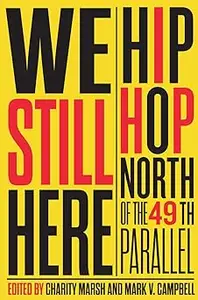 Free Download Stew Magnuson, "Wounded Knee 1973: Still Bleeding: The American Indian Movement, the FBI, and their Fight to Bury the Sins of the Past"
Free Download Stew Magnuson, "Wounded Knee 1973: Still Bleeding: The American Indian Movement, the FBI, and their Fight to Bury the Sins of the Past"
English | 2013 | ISBN: 0985299614 | EPUB | pages: 168 | 0.5 mb
On the night of Feb. 27, 1973, beat-up cars carrying dozens of angry young men sped into Wounded Knee village. Members of the American Indian Movement (AIM) and local Lakotas had come to occupy the symbolic site on the Pine Ridge Reservation, where the army had massacred Chief Big Foot and his people in 1890. They would hold out against the firepower of the U.S. government for 71 days. By the time the occupiers left, the village had been destroyed, two were dead, one activist went missing, and a U.S. marshal was left paralyzed. Thirty-nine years later, key figures from the movement, Russell Means, Clyde Bellecourt and Dennis Banks arrived at the Dakota Conference at Augustana College, Sioux Falls, S.D., where the events and the meaning of the Wounded Knee Occupation would be discussed. There to greet them were former FBI Special Agent in Charge Joseph Trimbach and his son John, ardent, life-long critics of AIM. Never before had so many key occupation figures from the movement and the government been under the same roof at the same time. Accusations of murders and cover-ups began to fly from both sides, and organizers had to beef up security. This would be no ordinary academic conference. The vitriolic speeches and angry reactions from both the pro- and anti-AIM participants exposed the still festering wounds that have wracked Pine Ridge Reservation as a result of the occupation for four decades. Wounded Knee 1973: Still Bleeding gives readers an account of the major issues presented at the conference, along with a summary of the occupation itself, the Banks and Means leadership trial in St. Paul, Minn., and the bloody years on Pine Ridge that followed. It also addresses the enduring unsolved mystery of civil rights activist Ray Robinson, who entered the occupied village, and was never seen alive again.
(more…)








